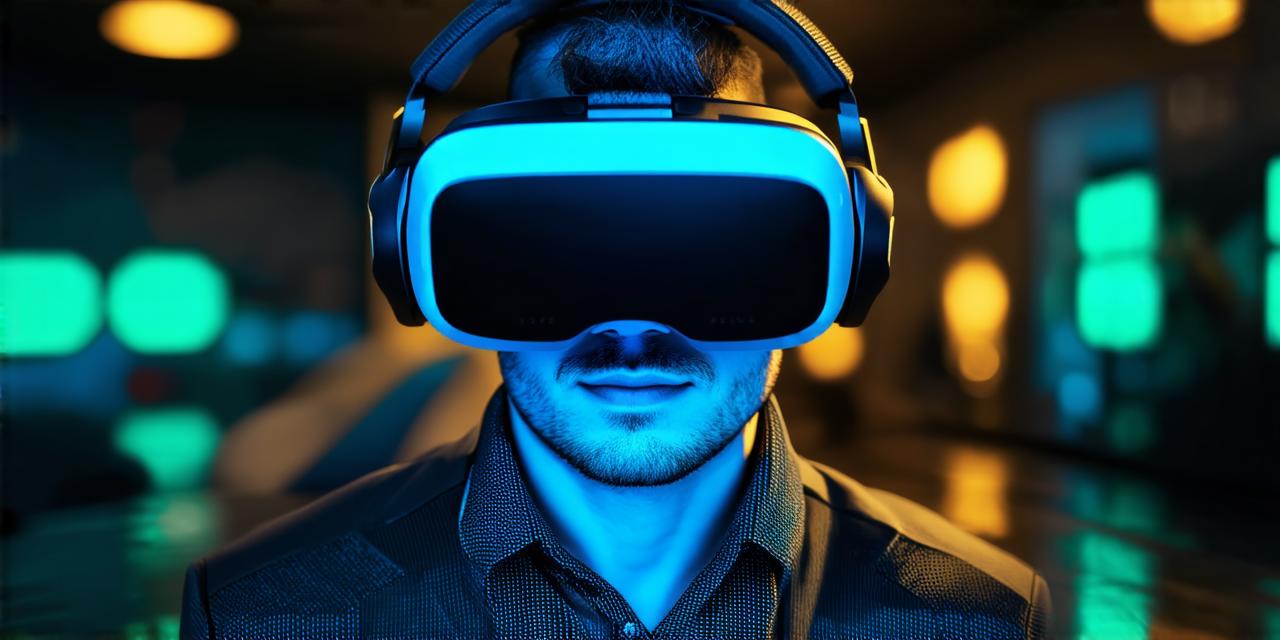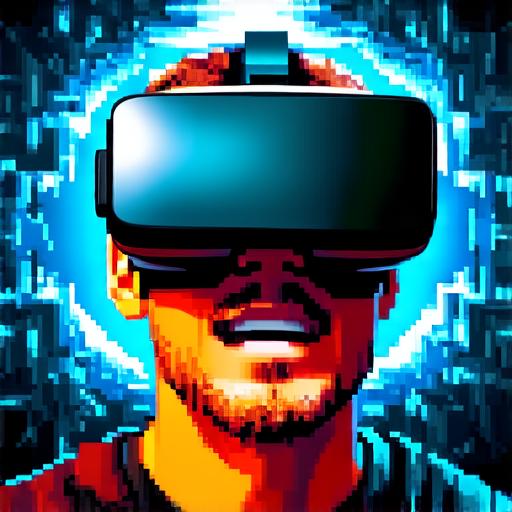
What does experiencing virtual reality feel like?
Introduction:
Virtual reality (VR) is an immersive technology that simulates a 3D environment in which users can interact with virtual objects and other users. The experience of VR can be quite different from what people might expect, as it often goes beyond simply watching or reading about a virtual world.

The Sensory Overload of VR:
One common feeling reported by VR users is a sense of sensory overload. This can be caused by the sheer amount of information that the brain has to process in order to make sense of a VR environment.
The brain must constantly interpret visual, auditory, and haptic input in order to create a coherent sense of space and time within the virtual world. For some users, this can be overwhelming, leading to feelings of disorientation or even nausea.
A study conducted by researchers at Stanford University found that VR users experienced higher levels of cortisol, a stress hormone, than non-VR users when performing the same task. This suggests that the brain’s ability to cope with sensory input in a virtual environment can be taxed, leading to feelings of stress and fatigue.
Personal Experience:
As a virtual reality developer, I have had the opportunity to try out various VR systems and environments. One particularly memorable experience was trying on an Oculus Quest 2 headset and exploring a virtual world filled with colorful, vibrant creatures.
At first, the sensory overload was overwhelming – the bright colors and fast-paced movement made me feel dizzy and disoriented. However, as I spent more time in the virtual world, I began to adjust to the sensory input and started to feel a sense of immersion that I had never experienced before.
The Emotional Connection of VR:
Another common feeling reported by VR users is a sense of emotional connection to the virtual environment. This can be particularly strong for users who are able to create their own avatars and customize their virtual surroundings.
By immersing themselves in a virtual world that feels like their own, users may be more likely to experience feelings of empathy and compassion towards other characters within the environment.
A study conducted by researchers at the University of California, Irvine found that VR experiences can increase empathy and social connectedness among users. The study found that participants who experienced a VR environment in which they were able to help other virtual characters reported higher levels of empathy and social connectedness than those who did not have this opportunity.
Personal Experience:
As a virtual reality developer, I have also noticed the emotional connection that users can have with virtual environments. When creating a virtual world for a client, I make sure to include opportunities for users to create their own avatars and customize their surroundings. This allows them to feel more invested in the environment and can lead to stronger emotional connections with the characters within it.
The Physical Impact of VR:
In addition to sensory overload and emotional connection, VR experiences can also have a physical impact on users. For example, users may experience muscle soreness or fatigue after spending time in a virtual environment, particularly if they are physically active within the environment.
A study conducted by researchers at the University of California, Santa Barbara found that VR users experienced similar levels of muscle activity as real-world athletes during physical activities such as running and jumping. This suggests that VR experiences can provide a realistic form of exercise, allowing users to improve their physical fitness in a fun and engaging way.


